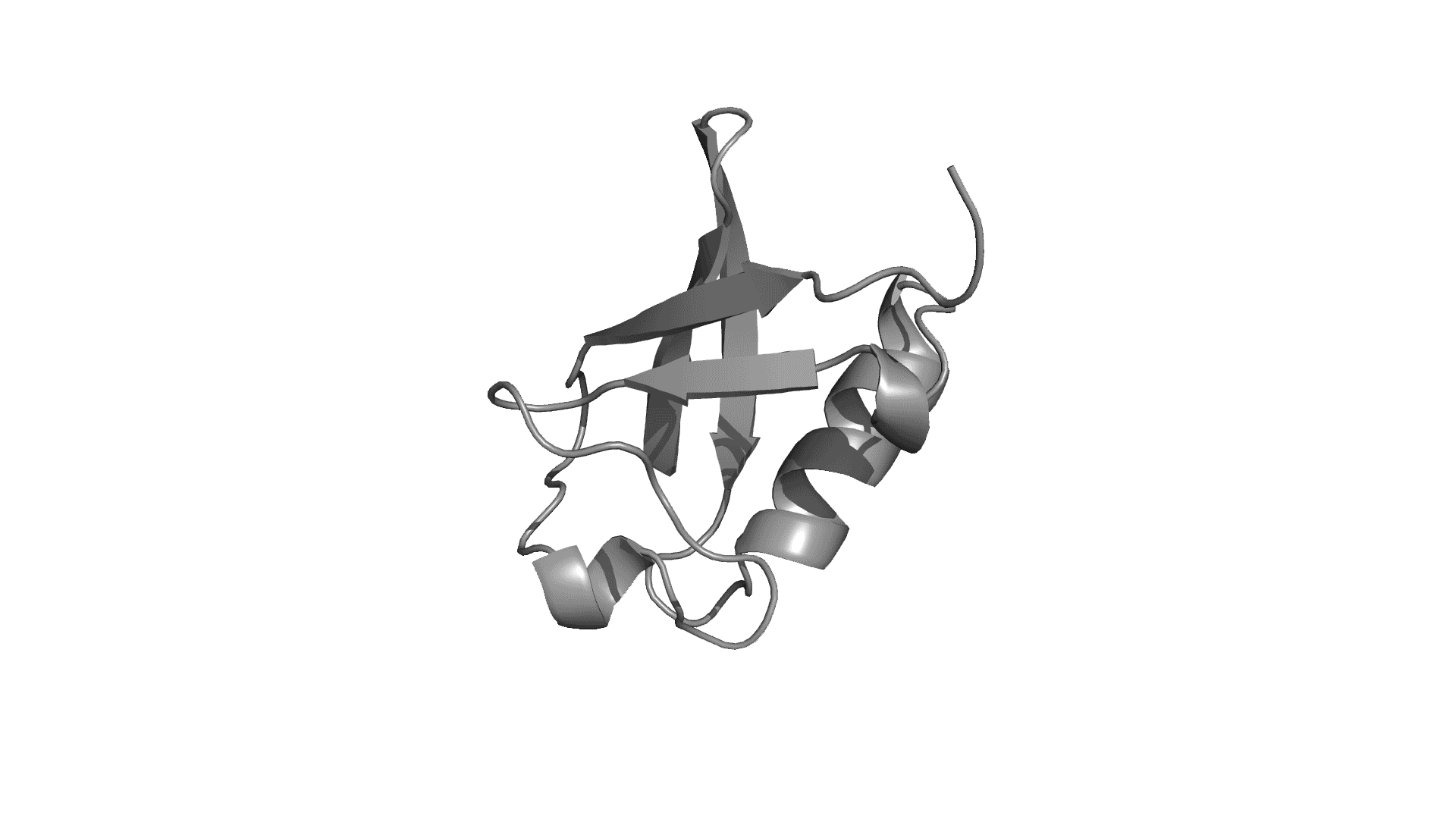pPerturb
Extracting Energetic Couplings and Destabilization Thermodynamics via Perturbations
Frequently Asked Questions
Protein Biophysics Lab

A. Questions on Job Submission
>> Why is my PDB file not getting accepted/generating error?
We are employing a structure based model for predicting mutational effects and the extent of perturbation. Therefore, some constraints on the PDB file (see here) like protein length, missing atoms etc. have been added to ensure reliability of calculations and model predictions.
>> Do I need to provide my e-mail ID?
Providing an e-mail ID is optional but recommended as some jobs might take longer to complete. If an e-mail ID is provided, an automated mail with links to result page and files would be sent on job completion.
>> Why am I not able to retrieve my job?
Jobs are kept in the server for only three days after completion, after which they are permanently deleted. If you are not able to retrieve your job even in the specified time span, please write a mail to us with your job ID.
>> Why am I not able to use thermodynamic module to predict the change in stability of mutants involving charged residues?
In the current version of the web server destabilization energetics is modeled using an empirical formulation calibrated to reproduce the change in stability due to side-chain truncation. To model and predict the change in stability of mutants involving charged residues, please visit the pStab web server.
B. Questions on Model Parameters
>> What are the various model parameters employed to introduce the perturbation?
A 6 Å cut-off is used to construct contact map. The empirical relation to predict the extent of perturbation is explained in detail here. The two empirical values of 0.5 and 0.2 are used for x1 and x2, respectively. These values represent the extent of destabilization in the first and second shell interactions around the mutated/perturbed residue, respectively.
>> What are the various model parameters employed to predict thermal unfolding profiles and residue folding probabilities?
The WSME model involves four tunable thermodynamic parameters, namely, the interaction energy per native contact (ξ), the entropic cost of fixing a residue in native conformation (Δ𝑆𝑐𝑜𝑛𝑓), effective dielectric constant (εeff), and the heat capacity change upon fixing a native contact (Δ𝐶𝑝𝑐𝑜𝑛𝑡).
- The magnitude of effective dielectric constant is fixed to 29. This estimate robustly captures the changes in stability induced by point mutations involving charged residues (Naganathan AN, 2012; Naganathan AN 2013), the differences in stability between mesophilic and thermophilic protein pairs and even the role of phosphorylation in a disorder-to-order protein switch (Gopi S et al, 2015).
- There are three approaches provided to assign entropic cost to the protein residues and are explained here.
- The heat capacity change upon fixing a native contact is fixed to ~ -0.36 J/(mol. K) per contact (Naganathan AN, 2012).
- Heavy atom contacts are identified with a distance cutoff of 6 Å excluding the nearest neighbors (j>i+1). The interaction energy per native contact (ξ) is tuned to reproduce the experimental Tm provided by the user.
>> How are the entropic costs assigned?
You can choose between the following three options:
- Structure-Based Entropic Cost: An entropic cost of -22.6 J/(mol.K) per residue is assigned for residues identified as coil by STRIDE and -16.5 J/(mol.K) per residue for all other residues (Rajasekaran N et al, 2016).
- Sequence/Structure Independent Entropic Cost: A uniform entropic cost of -16.5 J/(mol.K) per residue is assigned for all residues (Robertson AD & Murphy KP, 1997).
- Sequence/Structure Independent Entropic Cost Except for Glycine and Proline: A uniform entropic cost of -16.5 J/(mol.K) per residue is assigned for all residues except for glycine and proline. For glycine and proline, entropic costs of -29.47 J/(mol.K) per residue and 0 J/(mol.K) per residue, respectively, are assigned (Gὀmez J et al, 1995).
C. General Questions
>> Can I use computationally modeled protein structure as an input for web server predictions?
The server does not differentiate between modeled and experimentally determined protein structures.

2019, Maintained by Protein Biophysics Lab, IIT Madras, Chennai-36, India
Last Updated: September 25, 2019
